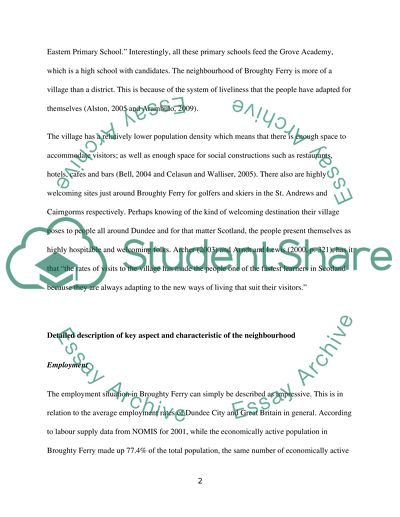Cite this document
(“A Neighbourhood study of Broughty ferry in Dundee,Scotland Essay”, n.d.)
Retrieved from https://studentshare.org/nursing/1467937-a-neighbourhood-study-of-broughty-ferry-in
Retrieved from https://studentshare.org/nursing/1467937-a-neighbourhood-study-of-broughty-ferry-in
(A Neighbourhood Study of Broughty Ferry in Dundee,Scotland Essay)
https://studentshare.org/nursing/1467937-a-neighbourhood-study-of-broughty-ferry-in.
https://studentshare.org/nursing/1467937-a-neighbourhood-study-of-broughty-ferry-in.
“A Neighbourhood Study of Broughty Ferry in Dundee,Scotland Essay”, n.d. https://studentshare.org/nursing/1467937-a-neighbourhood-study-of-broughty-ferry-in.


